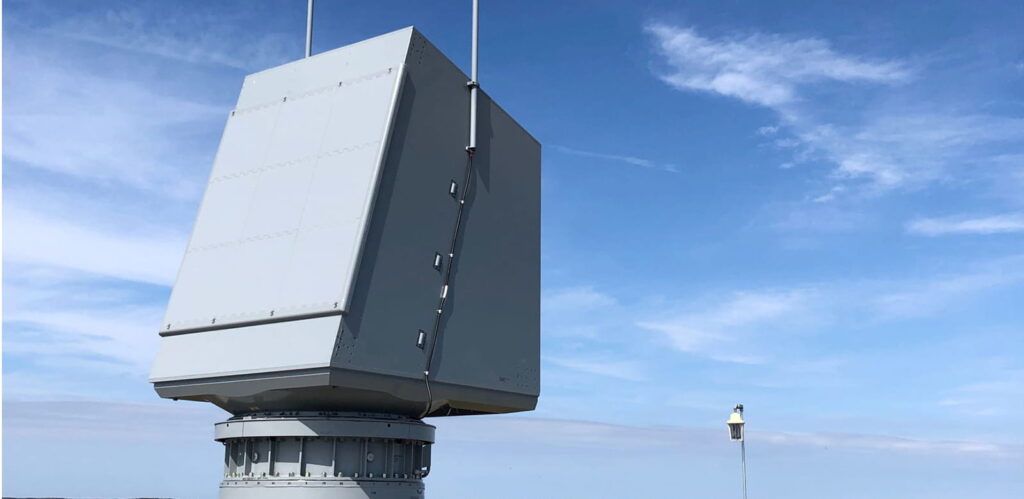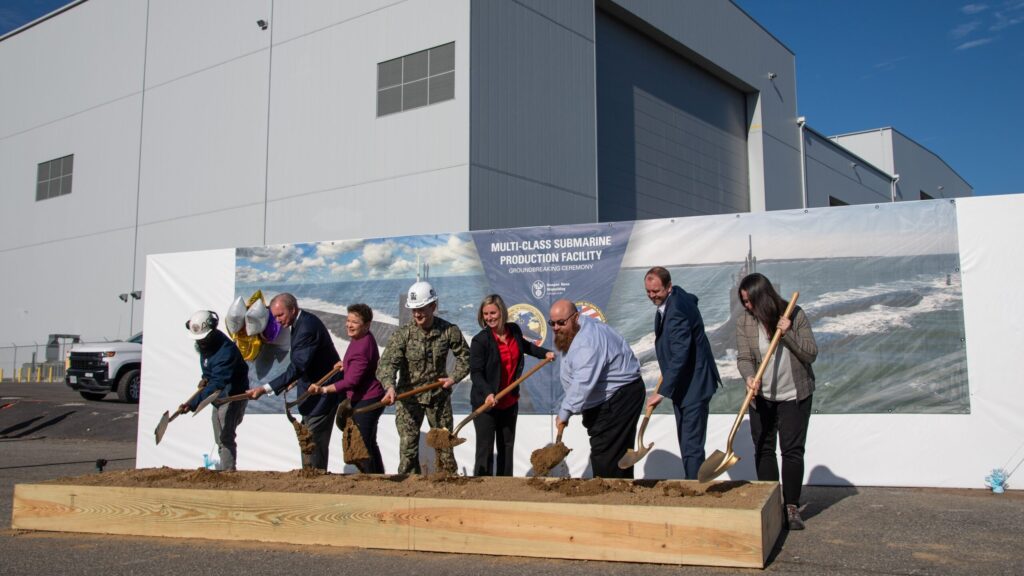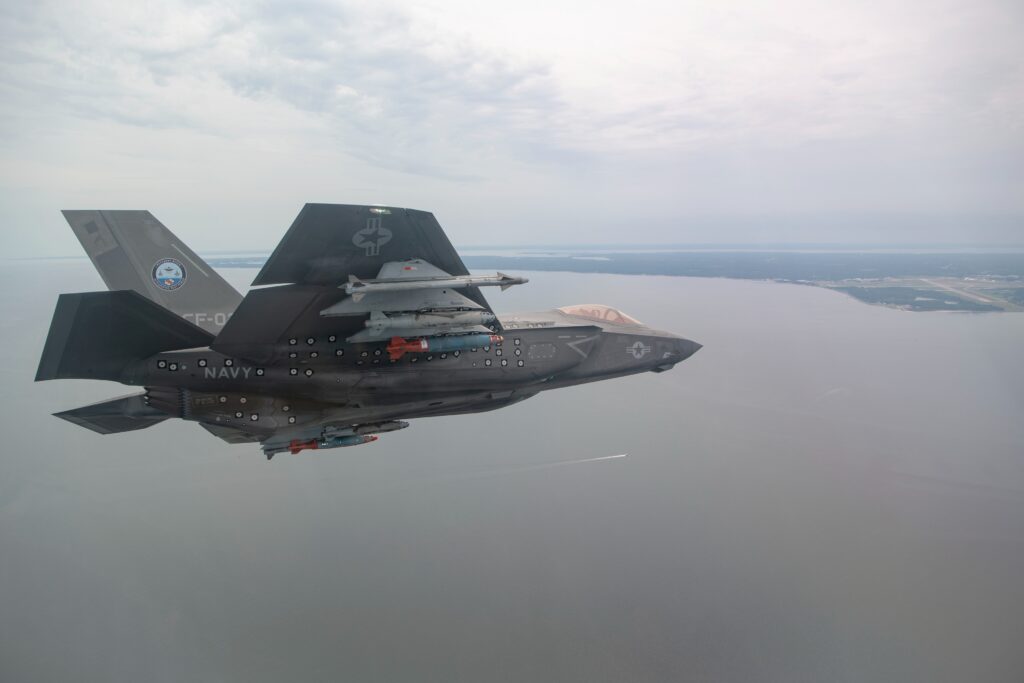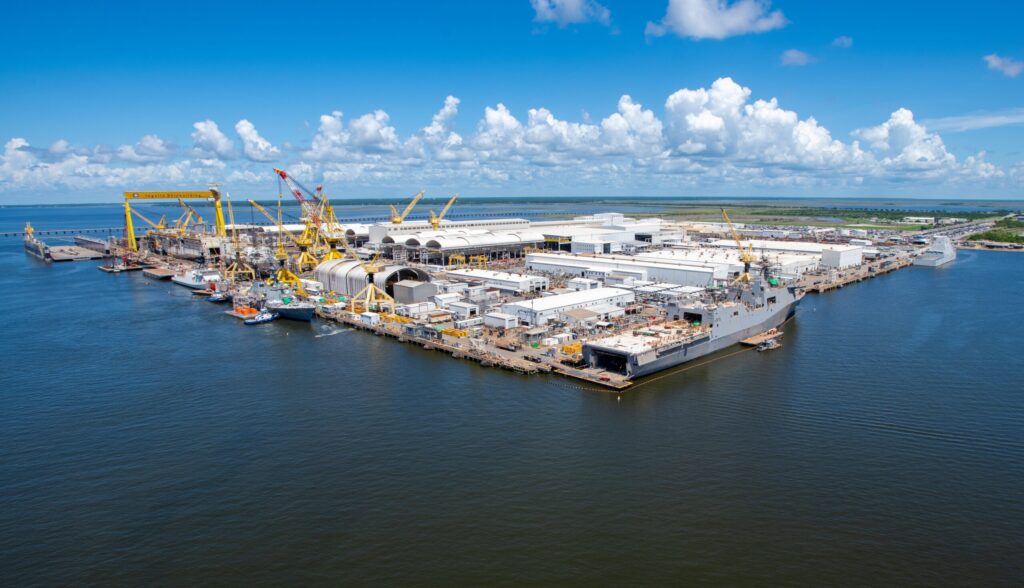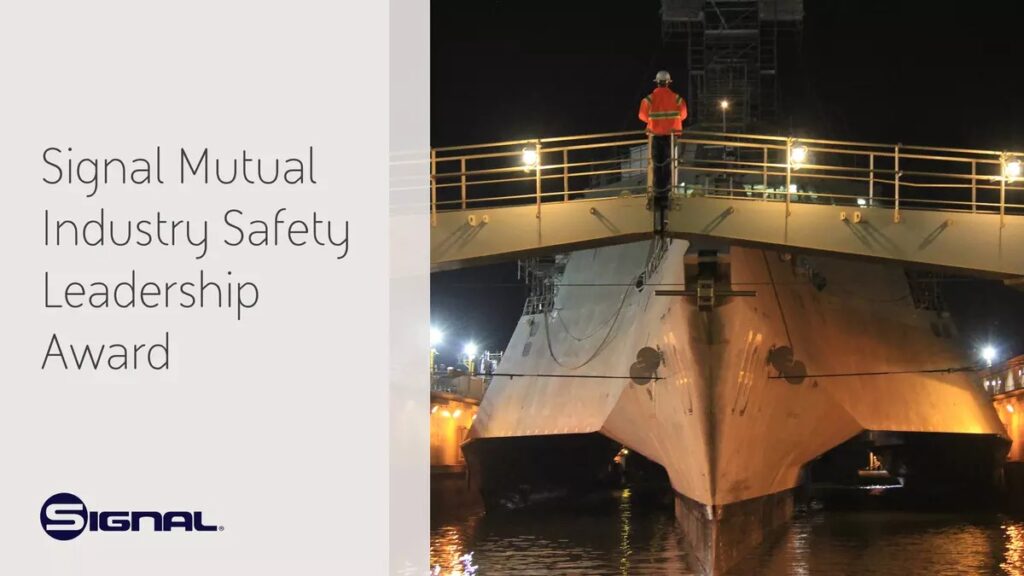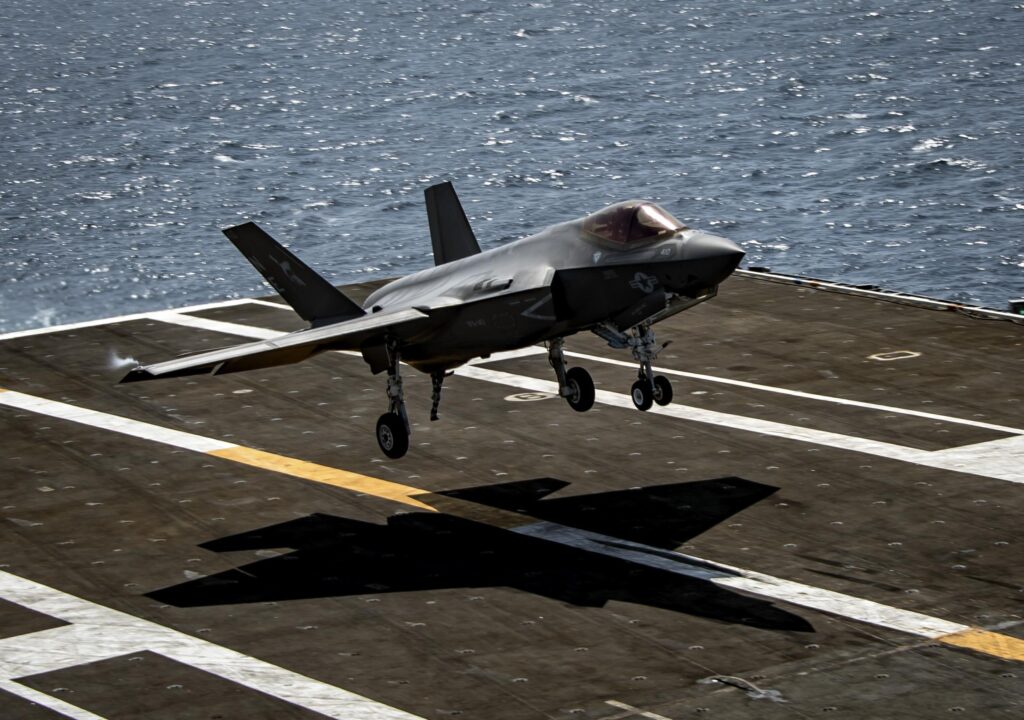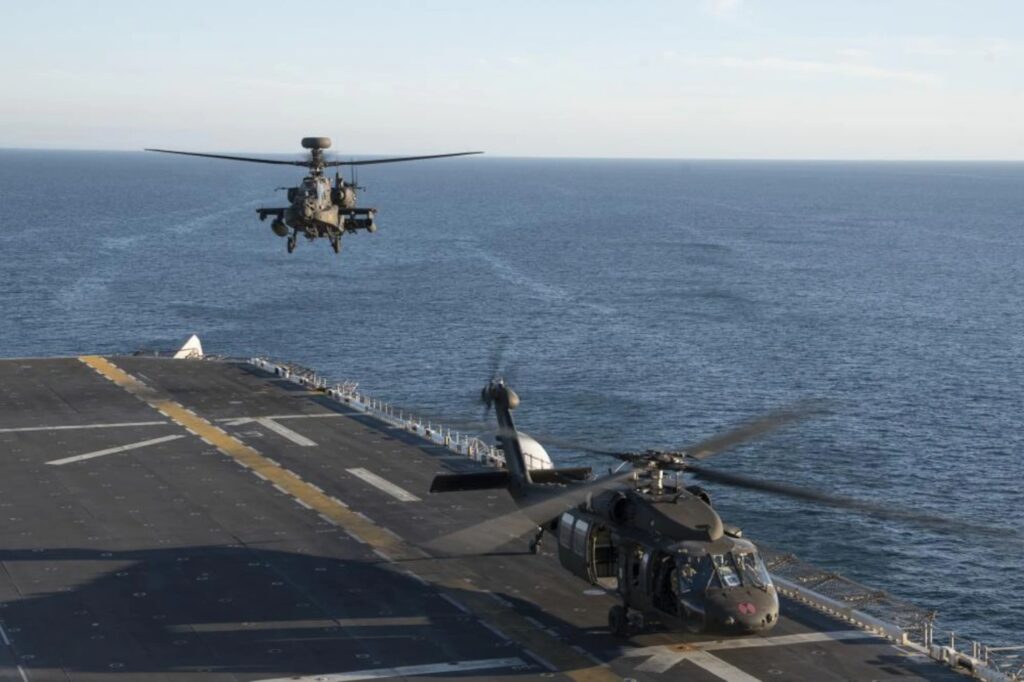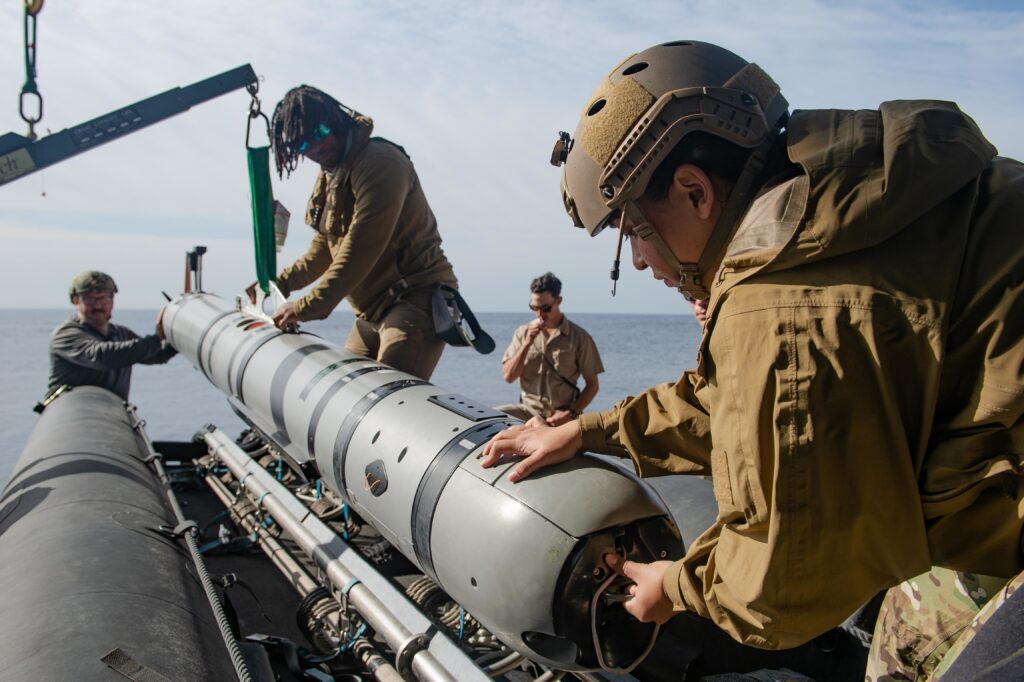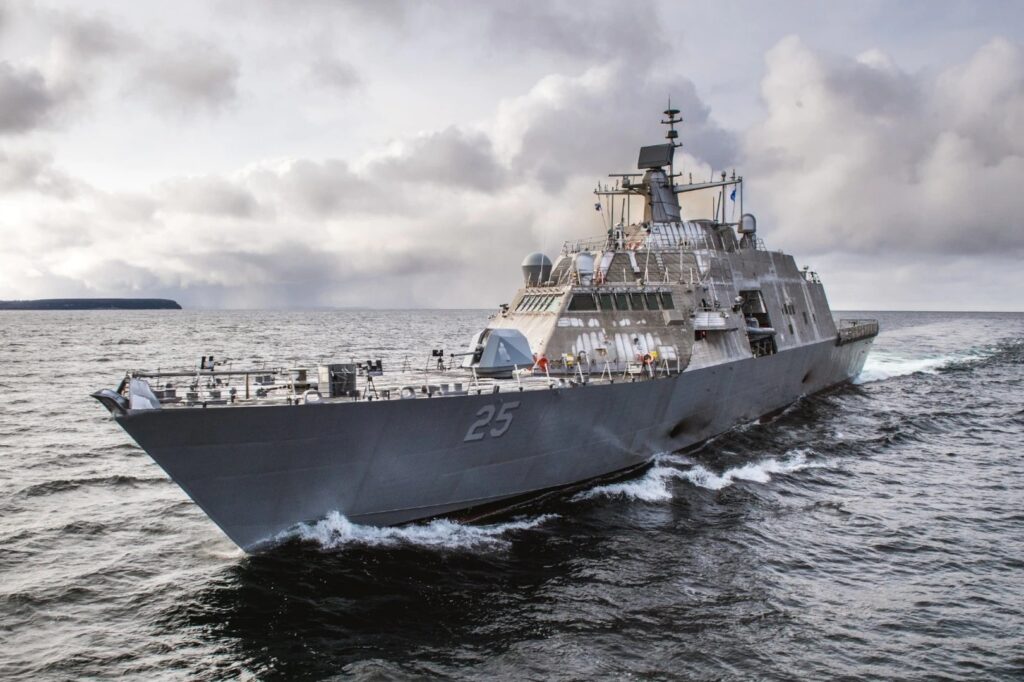USCGC Confidence’s crew returns home following 40-day Florida Straits patrol
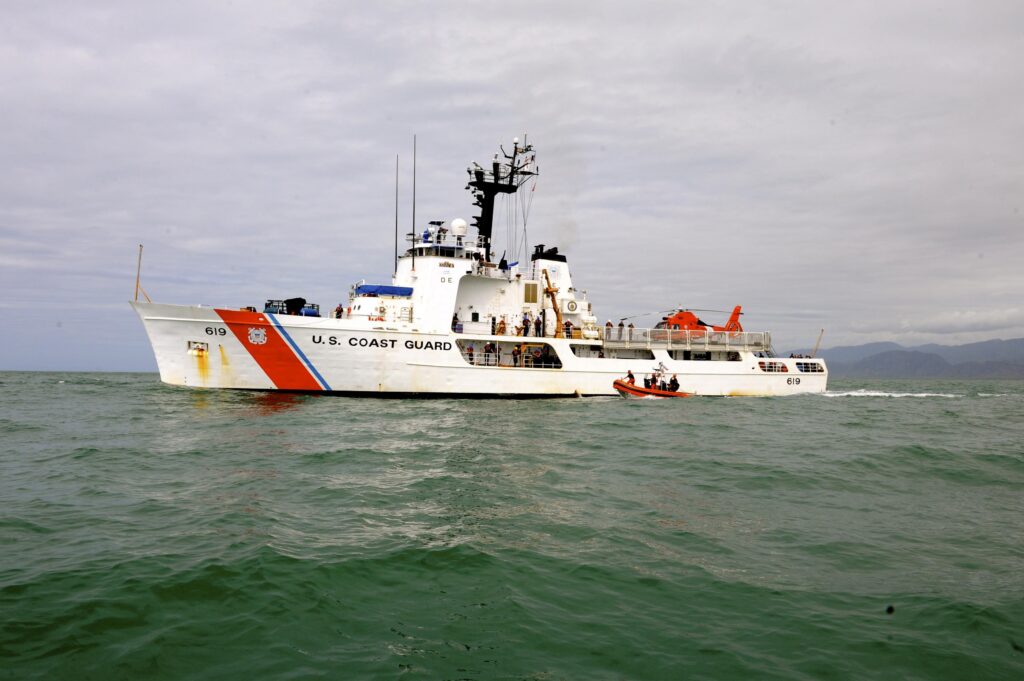
Release from U.S. Coast Guard Atlantic Area
*******
CAPE CANAVERAL, Fla. — The crew of the USCGC Confidence (WMEC 619) returned to their home port in Cape Canaveral Friday following a 40-day patrol in the Florida Straits.
Confidence deployed in support of Homeland Security Task Force – Southeast and Operation Vigilant Sentry to conduct counter drug and maritime safety and security missions in the Coast Guard’s Seventh District area of operations. While underway, Confidence’s crew worked with additional Coast Guard cutters and air assets to detect, deter and intercept unsafe and illegal migrant ventures bound for the United States.
During the patrol, Confidence’s crew interdicted and cared for 496 migrants. Notably, Confidence worked with numerous Coast Guard air assets to rescue a group of 17 Cuban nationals stranded on islands within Cay Sal Bank, Bahamas.
Confidence’s patrol efforts highlight the Coast Guard’s critical missions of maintaining maritime safety and preventing the potential for loss of life by deterring migrants from taking to the sea in dangerously overcrowded vessels while attempting to enter the United States through non-legal channels.
“During this patrol, Confidence responded to record high migration in the Florida Straits,” said Cmdr. Thomas Martin, commanding officer of Confidence. “I am proud of the work the crew did to prevent the loss of life at sea and safeguard our borders.”
Confidence is a 210-foot, Reliance-class medium endurance cutter with a crew of 82. The cutter’s primary missions include counter drug operations, migrant interdiction, enforcement of federal fishery laws and search and rescue in support of Coast Guard operations throughout the Western Hemisphere.
For information on how to join the U.S. Coast Guard, visit GoCoastGuard.com to learn about active duty and reserve, officer and enlisted opportunities. Information on how to apply to the U.S. Coast Guard Academy can be found here.
